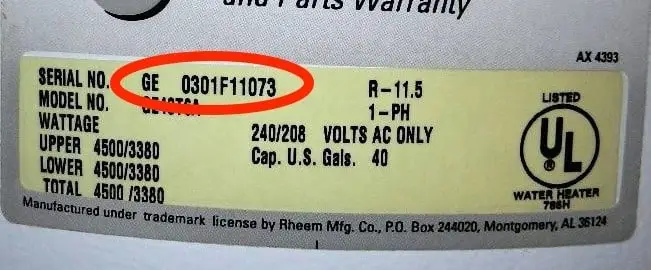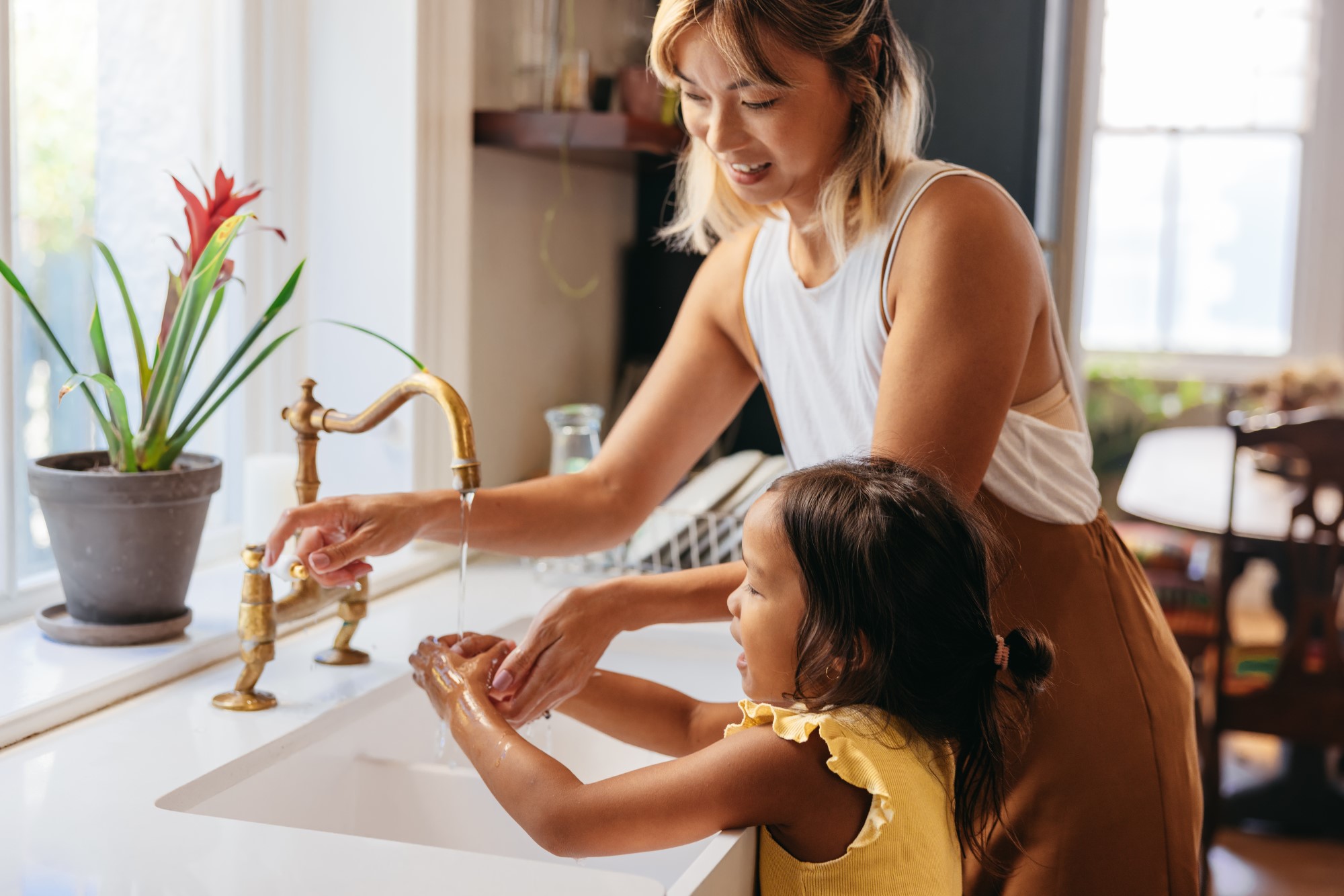
Top Plumbing Tips for New Homeowners
You have a lot to think about when buying a house, including the plumbing. These are the top plumbing items you’ll want to consider.
Some of these might be on your home inspection report if you have one. But no matter where you are in the process—whether you’re still searching or you’ve already moved in—this list will help you determine the most important plumbing items for your new home.
1. Determine the age of your water heater
Some water heaters will have the manufacture date listed on the heater, but some will only have a model number and serial number.
These numbers will be included somewhere on the heater and should be easy to locate. Once you find them, a quick search for the manufacturer’s website should produce a place to enter that information, such as here or here, and it will tell you the manufacture date. Here’s an example:
Once you know the age of your water heater, you have a rough idea of when it will need to be replaced. Based on our experience, the average water heater life span is 12-14 years.

2. Find out if you’re on septic or sewer
The easiest way to determine if you’re on septic or sewer is to look at your water bill. If you’re on sewer, it will be listed on your bill.
If you’re on a septic system, you should have the septic tank pumped every 3-5 years. If the septic tank is not pumped, it can cause a clog and sewage could back up into your home.
3. Know your water pressure
Since your water pressure affects all of your plumbing, you’ll want to know its status.
The good news is checking your water pressure is easy. To learn how, see this article.
And keep in mind if your water pressure is above 80 PSI, you need to replace your pressure reducing valve. If your water pressure is too high, it can cause wear on your faucets and piping and eventually cause supply lines to blow, which can quickly flood your home.
The recommended PSI for your water pressure is between 50-60.
4. Locate your water meter box
You’ll also want to know where your water meter box is located. That way, you can turn off the main water line to your house in the case of a plumbing emergency, or if you’re away from home for an extended period of time.
Your water meter box is usually around 10 feet from the curb near the edge of your property line. It might be hidden around some bushes, but it shouldn’t be hard to locate.
Then you’ll want to ensure you have a water meter key on hand so you can turn off your water. For more information on this process, see this article.
5. Find your spigot shut off valves
It’s also good to know where your interior spigot shut off valves are located. The shut off valves for your spigots are usually located within 10 feet or so of the spigot, but the exact location will depend on your home.
If the valve is a gate valve, you’ll want to upgrade to a ball valve at some point. Ball valves are more reliable and easier to use. This is especially important when freezing temperatures arrive and you go to turn off your interior valves. You’ll want to know they work and can be turned off successfully.





